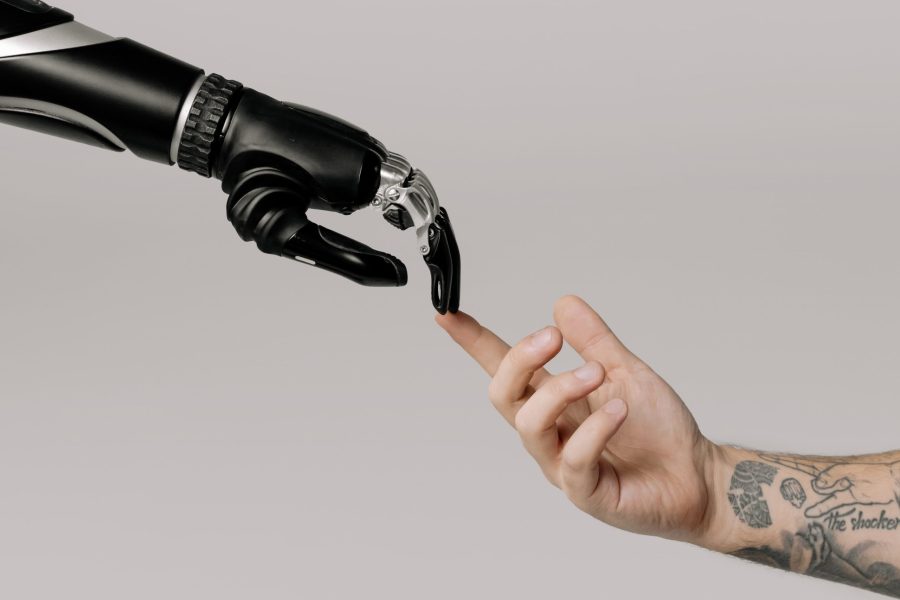User Experience (UX) design has rapidly evolved, shaped by technological advancements and changing user behaviors. As we look ahead, it's essential for UX designers to stay updated with emerging trends and technologies.
In this insightful exploration, we delve into the future of UX design and the pivotal role that courses like the Google UX Design Course and other best UX design courses play in preparing designers for what's to come.

Designing for the Next Wave of Technology
As technology continues to advance, UX designers must anticipate how new devices and interfaces will impact user interactions. From augmented reality to voice interfaces, the future of UX design will be closely tied to adapting traditional design principles to these innovative platforms.
The Google UX Design Course: A Glimpse into Tomorrow's UX
The Google UX Design Course is a beacon of cutting-edge knowledge. Covering a wide array of UX concepts, this course equips designers with the skills needed to tackle emerging trends. It's more than a course; it's a roadmap to designing for the future.
Exploring the Best UX Design Courses
Beyond Google's course, a plethora of platforms offer valuable UX design courses. Websites like Coursera, Udemy, and LinkedIn Learning host a diverse range of options, each tailored to different skill levels and interests. From foundational courses to advanced workshops, designers can find courses that align with their goals.
Embracing Interdisciplinary Knowledge
The future of UX design will blur the lines between disciplines. Courses that integrate psychology, sociology, and even data science alongside traditional design principles will prepare designers to craft experiences that resonate deeply with users.
User-Centered Design in Evolving Contexts
As technology shapes how users engage with the world, UX designers must understand and adapt to new contexts. Courses that explore user-centered design in virtual reality, wearable tech, and Internet of Things (IoT) environments will be crucial.
The Role of Ethical Design in Tomorrow's World
The ethical implications of UX design are gaining prominence. Courses that tackle topics like data privacy, algorithmic biases, and responsible AI integration will guide designers toward creating ethically sound experiences.
UX Design and Business Strategy Fusion
Future UX designers won't just craft interfaces; they'll influence business strategy. Courses that emphasize understanding business models, user analytics, and market trends will empower designers to be strategic partners.
Conclusion: Shaping Tomorrow Through Learning Today
The future of UX design is a realm of limitless possibilities. By enrolling in courses like the Google UX Design Course and other top-notch programs, designers can stay ahead of the curve. As the UX landscape evolves, designers armed with up-to-date knowledge will continue to shape how users interact with technology, ensuring meaningful and seamless experiences in an ever-changing digital world.


